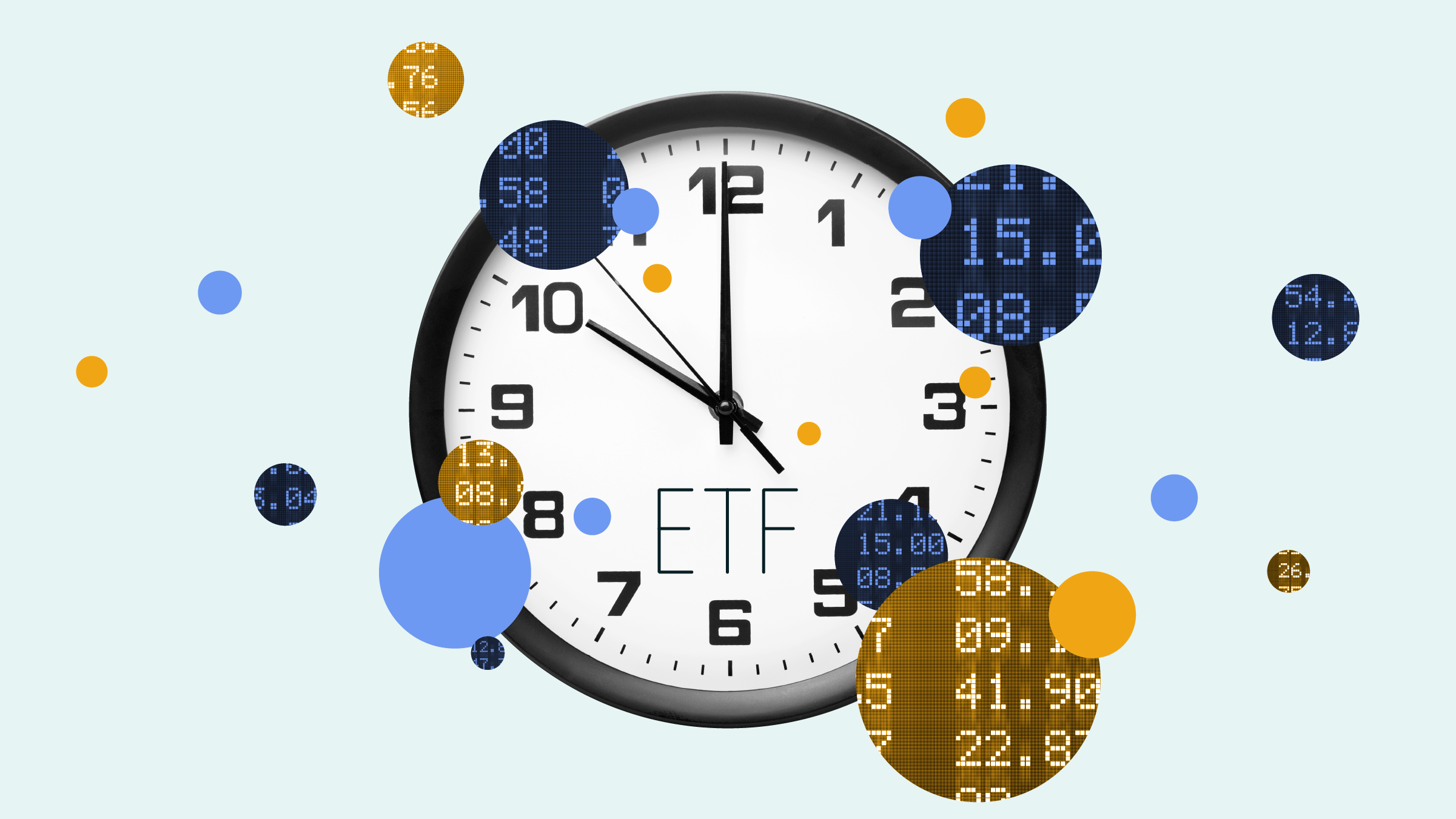Ollie Smith: This week Morningstar.co.uk is all about emerging markets and China. Here to update us on the state of play with the emerging market debt is Mike Coop, chief investment officer for Morningstar Investment Management EMEA.
Mike, thanks for being with us. What are emerging market debt yields doing at the moment?
Mike Coop: Hi, Ollie. Well, it's really a case of which market you look at. If you're investing in EM local bond markets, your biggest market is actually China. It's about 15% of the index. Then we have lots of other markets, Malaysia, Turkey, etc. And if you're looking at EM hard, you don't really have China there as the dominant market, but the largest market there is Mexico.
So, just looking at those two and zooming in, for a basket of bonds as a whole, EM local, you're currently picking up about 8.24% yield. If you are investing in EM hard, which is bonds that are issued in dollars, then you're picking up about 7.91%. But having said that, it's also true that local shorter duration with about 4.8 years and they are higher quality, so only about 28% sub-investment grade. Whereas EM hard has much longer dated bonds. The duration there is about 7.35 years and almost half are sub-investment grade. So, this year, for China, the yields have been stable. They've been around about sort of 2.7% to 2.85% for the 10-year. Haven't really moved much. That's anchored the local bonds. But if you're investing in foreign currency, definitely all the yields have moved up sharply. If I take Mexico as an example, their 10-year bond has risen from 7.5% to over 9% just this year.
OS: I mean, just on the topic of China, I mean, there's lots of discussion of China and risk at the moment. How high risk is Chinese debt, in your opinion?
MC: Well, if you look at how rating agencies have determined their assessment, it still looks pretty good compared to many other countries in the EM world. And if you look at the basic amounts of debt and everything else, actually just either compared to developed, so S&P have an A plus; we've got Moody's with an A1, Fitch an A+, DBRS at an A.
So, relatively, quite far and above what you'd regard as a threshold for an investment and sub-investment grade. The implied probability of defaults from the five-year credit default swaps is 1.44%, which is pretty low. So, overall, the riskiness compares quite well with most emerging market debt. Within the market you've got different types of bonds, of course, like you have in most markets. You've government bonds, which will be the highest credit quality, policy, banks and then corporates. And so, the corporates obviously are a different kettle of fish. And in the case of the real estate developers, that's where we've seen most of the headlines about things going pear-shaped, and companies are getting closer to bankruptcy. So, there's quite a lot of differentiation, but government bonds do rate well from a credit risk perspective against other emerging markets, and even against many developed.
OS: Sure. And then, just finally, the topic of inflation. We're seeing new inflation figures from the UK today. What's the relationship between inflation and emerging markets?
MC: So much like everywhere where you get high inflation and governments are seeking to prevent high inflation becoming endemic, then rates are going up and as interest rates go up, it makes existing bonds less attractive. So, that will continue to be the case. The difference with emerging markets is because the populations are poorer. Then the impact of food inflation and energy inflation is much greater. Governments generally subsidize those to a greater degree. So, what that means is, as the price of food and energy goes up, government outlays go up to protect the local population. So, they're subsidizing it more, which means that effectively, they're running larger deficits, larger debts, and over a period of time, that can affect their credit rating. So, it's quite a different kettle of fish.
The reverberations around that – there are many factors, for example, that have affected Sri Lanka. But one of them is the impact of food inflation. So, yes, significant. However, other factors are also important because many of these countries borrow money in foreign currency, particularly with dollar, and they have to pay them back in dollars, then when the dollar gets much stronger, it's more expensive for them to pay it back from local currency because governments are getting their revenues from local taxation. So, that's another factor, and that's also been working against them at the same time that we've had this inflation shock.
OS: Mike, thanks so much for that. For more on EM issues and indeed analysis, check out Morningstar.co.uk this week. Until next time, I've been Ollie Smith from Morningstar.




















